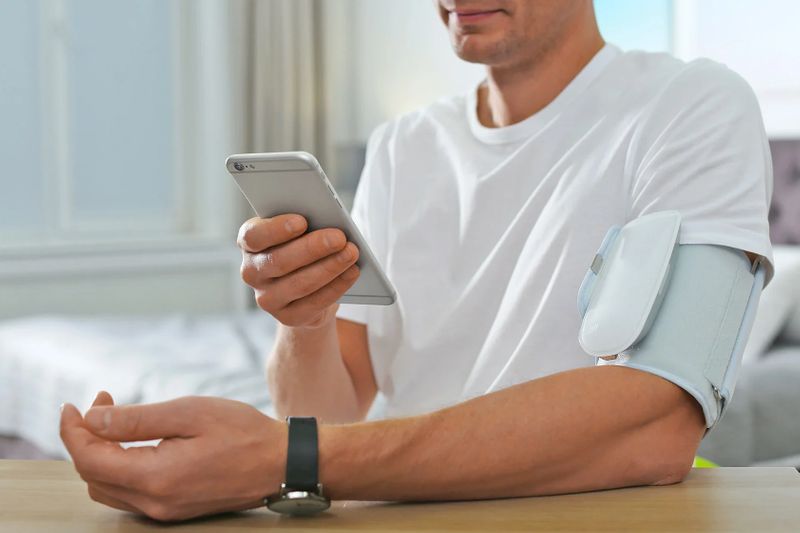Remote patient monitoring (RPM) is a subdivision of telehealth that uses technology to follow patients’ data outside traditional healthcare venues, including offices, clinics and hospitals. RPM collects information on the patient regardless of where they are or what they are doing and sends it to the patient’s healthcare provider. This technology aims to cut expenses and provide proactive treatment while letting patients go about their regular lives and follow their healthcare outcomes.
1. It saves patients considerable time and effort
Patients will need great time and effort to visit their healthcare facility and have a health consultation session with a specialist. Also, some people are extremely busy and may not have the time or means to see their healthcare center, primarily if it is located in another city. With remote patient monitoring, doctors may provide patients access to healthcare specialists from the comfort of their homes, allowing them to consult about their health.
Patients are not needed to go to another city to meet with their healthcare providers. Furthermore, patients only need to access the RPM service to acquire the health information required for routine check-ups and health assessments.
2. Better chronic disorder management
Chronic diseases account for a high proportion of patients regularly seen at doctors’ offices. These account for a significant portion of the nation’s healthcare expenses, many of which are avoidable if the patient has greater access to appropriate care. Also, even unavoidable conditions can be controlled better using RPM or hospital-at-home programs. With the gathering and analysis of data relevant to their condition, remote patient monitoring can enhance the therapy of chronic illnesses like diabetes, blood pressure, and others. When patients understand what these figures indicate, they may better meet their goals and begin to improve their overall health.
3. It prevents the transmission of infectious illnesses and hospital-acquired conditions
Another benefit of remote patient monitoring is that it helps to avoid infectious disorders. RPM eliminates the need for people to attend a hospital where they may contract infections due to interactions with other people. Avoiding in-person visits limits the danger of exposure, which is mainly essential for the elderly and individuals who are chronically unwell, pregnant, or otherwise immunocompromised.
4. Improves caregiver connectivity and participation in care
RPM benefits both patients and caregivers. Many RPM systems now incorporate the patient’s caregiver into the care plan by providing access to vital sign data and progress. Moreover, RPM allows caregivers to participate in and affect their loved one’s care and results. It adds an extra layer of external assistance to the caregiver in case of a query or an emergency.
5. Assurance
One of the most significant advantages of patients utilizing RPM to track their health is increased comfort and involvement from their doctors and the knowledge that an experienced expert monitors their health regularly. Many patients have heart or blood pressure problems, and watching their heartbeat on a hospital monitor for days or weeks can be frightening. RPM technology allows this distance to be closed and a link to be formed between the physician and the patient, allowing them to feel as though the healthcare team is at home with them. Even though individuals taking care of them may not know what to do when anything goes wrong, having a specialist in the care team can provide them with peace of mind.
6. Cost-cutting measures for payers and providers
Remote patient monitoring helps substantially minimize unnecessary ED visits, hospital admissions and readmissions. It enables ED diversion and faster acute release, resulting in shorter periods of stay and lower overall healthcare costs. Also, RPM enables appropriate levels of acute therapy and chronic care monitoring to be moved into the home, reducing the increased costs of inpatient services.
7. Enhanced support, feedback and education
Compared to traditional healthcare models, enhanced connectedness between patients and caregivers allows patients to get more information, support, and feedback about their health. Some patients require more help and feedback to keep on top of their health, and they must be able to understand the information from their monitoring records to make appropriate changes.
Remote Patient Monitoring is one of the telehealth services which can enhance patient involvement and improve patient outcomes. The more you can leverage this technological breakthrough in the healthcare market, your healthcare company will be better off.

